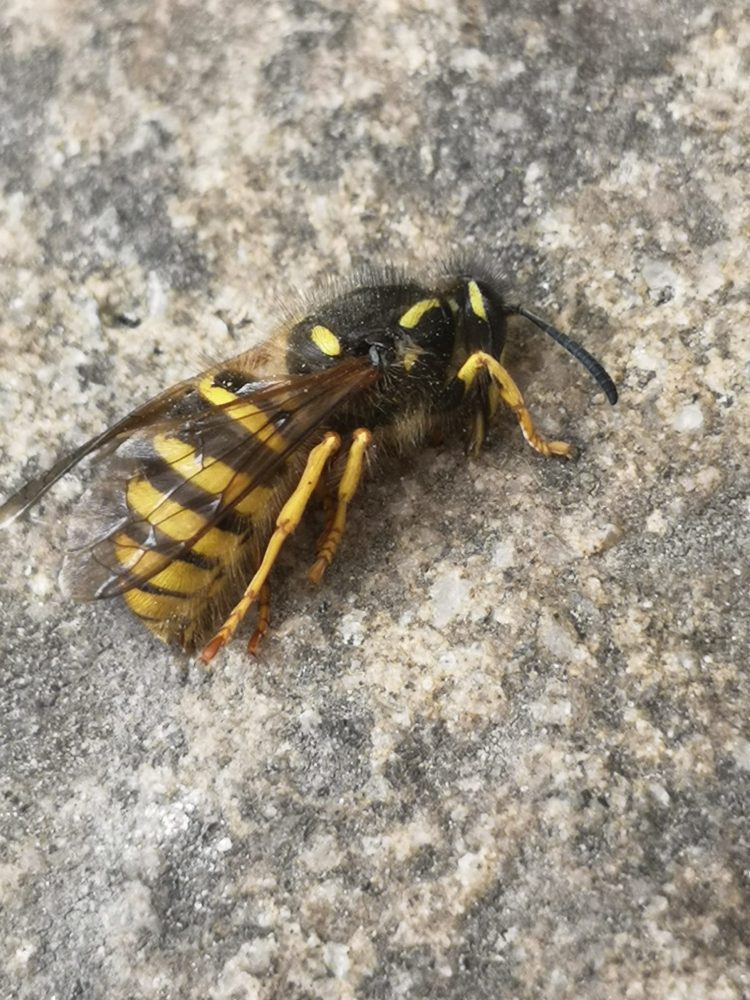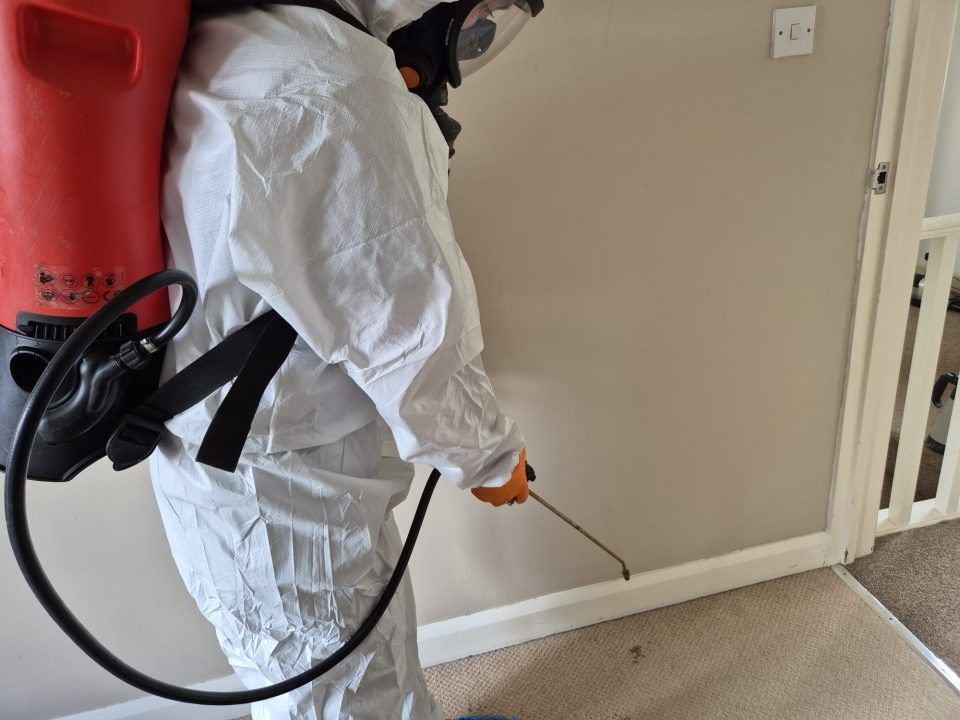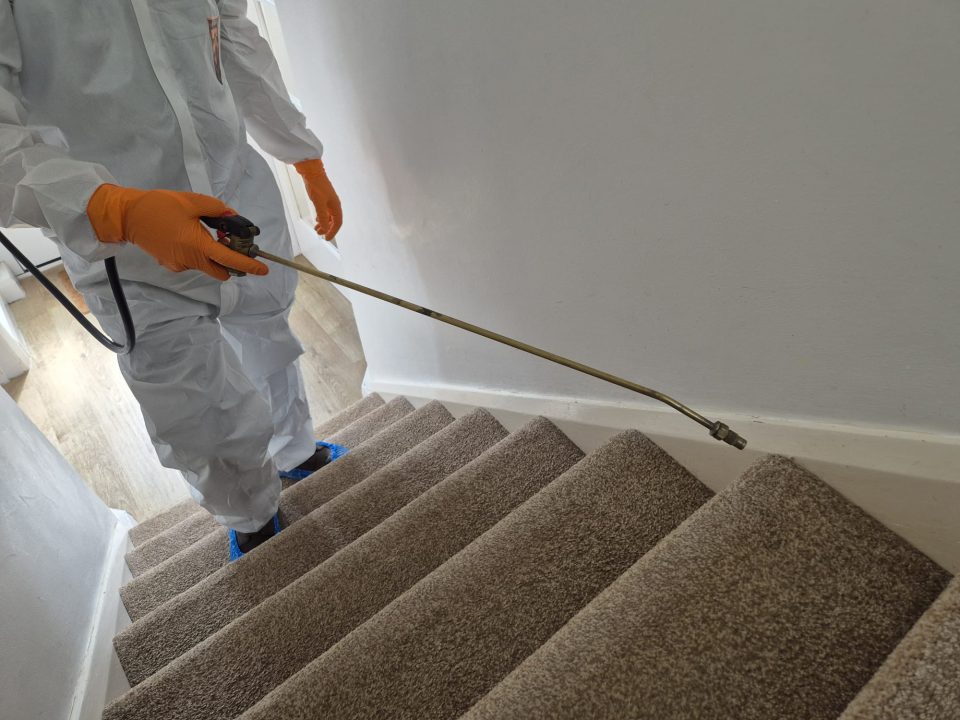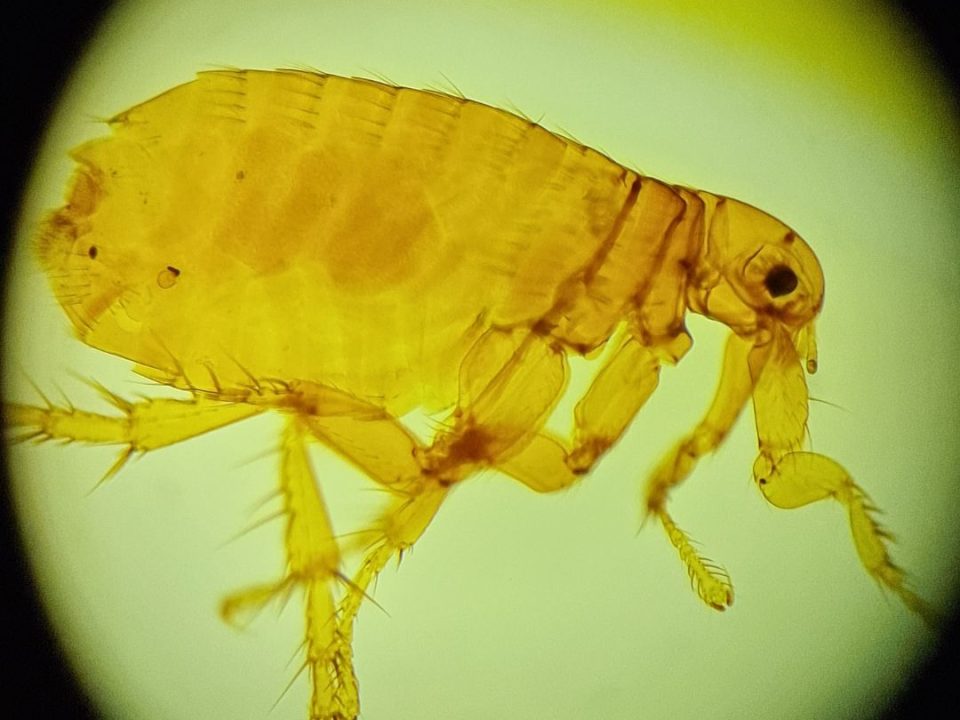
Rats & Drains: Why 80 % Of UK Infestations Start Underground

Why DIY Rat Control Keeps Failing – Foam, Traps & False Hopes
Bee or Wasp? Spot the Difference Before You Dial a Pest Controller

|
Species |
Quick look |
Flight pattern near nest |
How long they hang about |
Sting threat¹ |
Property threat² |
|
Feral honeybee (Apis mellifera) |
Slender, golden-brown, obvious stripes; thousands in a colony |
“Washing-machine” swirl of workers plus heavy in-and-out traffic |
Can be permanent if they set up in a wall or chimney |
3 |
2 |
|
Buff-tailed bumblebee (Bombus terrestris) |
Rugby-ball body, yellow bands, buff-white tail |
Lazy, low zig-zag; only a couple of dozen at any time |
March–July (nest dies off) |
2 |
1 |
|
Tree bumblebee (Bombus hypnorum) |
Ginger thorax, black abdomen, white tail |
Males hover in a “cloud” at roof-line bird boxes or loft vents |
April–Aug |
2 |
2 |
|
Red mason bee (Osmia bicornis) |
Rusty red, solitary; pollen on tummy not legs |
Males patrol sunny walls; females dive straight into mortar holes |
6–8 weeks (spring) |
1 |
1 |
|
Ivy bee (Colletes hederae) |
Wasp-like stripes but fuzzy; late-season |
Dozens of singles using lawn or path edges, no organised guarding |
Sept–Oct |
1 |
1 |
|
Common wasp (Vespula vulgaris) |
Bright yellow-black bands, smooth body |
Bullet-fast, purposeful flight lanes; defensive “swarm” when disturbed |
April–Oct |
4 |
3 |
|
German wasp (Vespula germanica) |
Like common wasp but with three tiny black dots on face |
Identical behaviour to common wasp |
April–Oct |
4 |
3 |
¹ Sting threat: 1 = unlikely to sting, 5 = highly aggressive.
² Property threat: 1 = cosmetic or none, 5 = causes structural damage/costly repairs.

Reading The Signs In Real Life
- Honeybee swarm on a branch or fence? It’s just a moving day—call a local beekeeper and they’ll re-home it for free.
- Bumblebees in the bird box? Leave them be; the whole colony dies off naturally by late summer.
- Masonry bees in brickwork? The holes look alarming but are shallow and rarely weaken mortar.
- Wasps chewing your fascia or defending the loft hatch? That’s when a professional treatment is worth the money.
Most bee species are short-term tenants and invaluable pollinators. A quick ID—and a bit of patience—keeps both your wallet and Lancashire’s wildlife in better shape.
Who to Call (and Who to Just Watch)
Honey-bees in your brickwork?
Rehoming a feral colony is a specialist job—think beekeepers, not bug spray. Pop over to the UK Bee Removers Register ( ukbr.org ) and you’ll find qualified beekeepers who can cut out, capture and relocate the bees—often for the price of a cup of tea and a slice of cake.
Bumblebees in the bird box or soffit?
Nine times out of ten they’re gone by mid-summer. If you’re curious about species, nesting habits or how to live happily alongside them, the Bumblebee Conservation Trust has a brilliant FAQ section and friendly experts on hand.
Solitary bees in the mortar or lawn?
Pull up a deck-chair and enjoy the show—they’ll finish mating, lay their eggs and vanish within a few sunny weeks. No treatment needed, no fee, just free pollination.
Wasps making your loft a no-go zone?
That’s where we come in. Our Lancashire-based technicians use ladder-free high-reach lances, low-agitation formulations and fixed pricing—£90, one visit, most nests neutralised in under an hour. We handle the stings so you don’t have to, and if any stragglers are still buzzing after 48 hours we’ll swing back, free of charge.

Ready For A Wasp-Free Weekend? Still Unsure If You Have It Is A Bee Or Wasp?
Call us on 07496680879 or contact us. Card or cash accepted.




